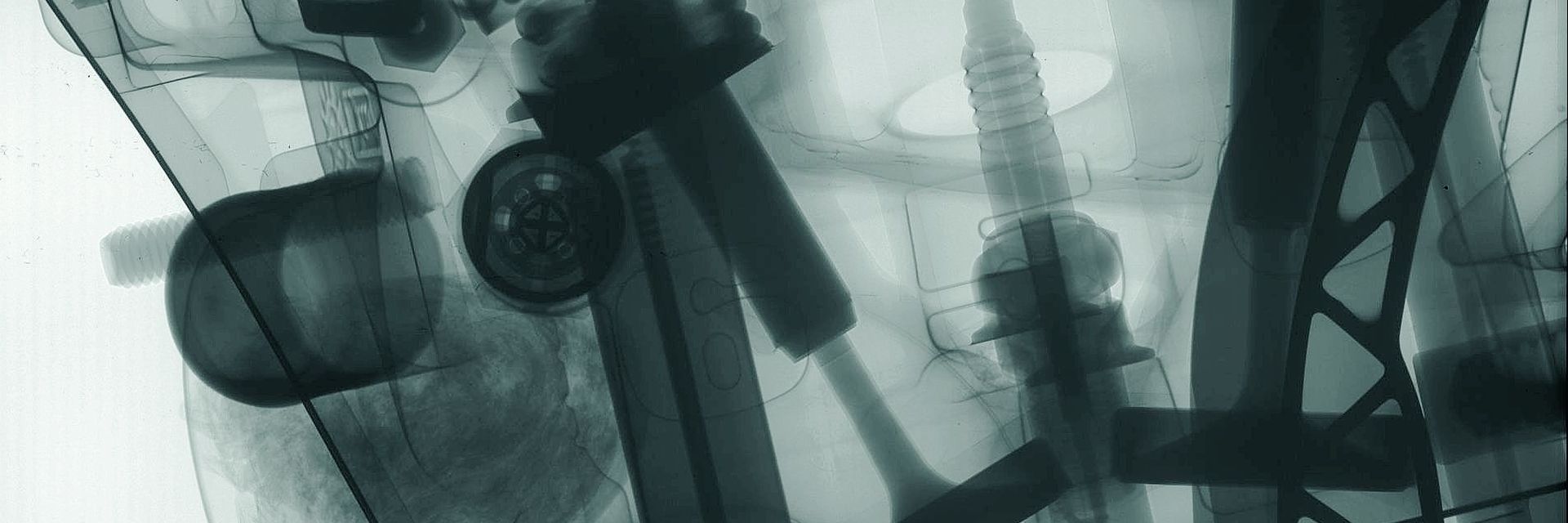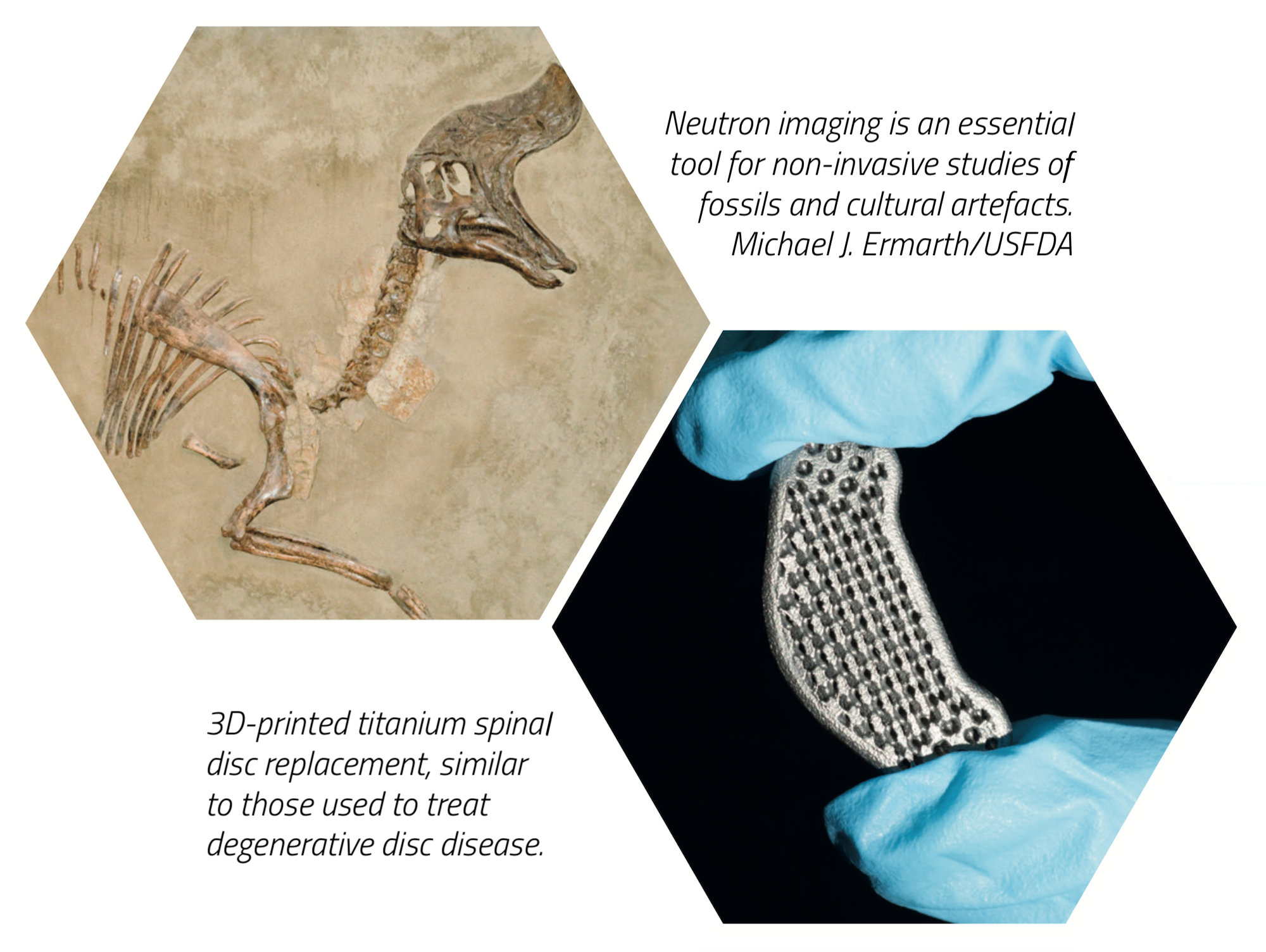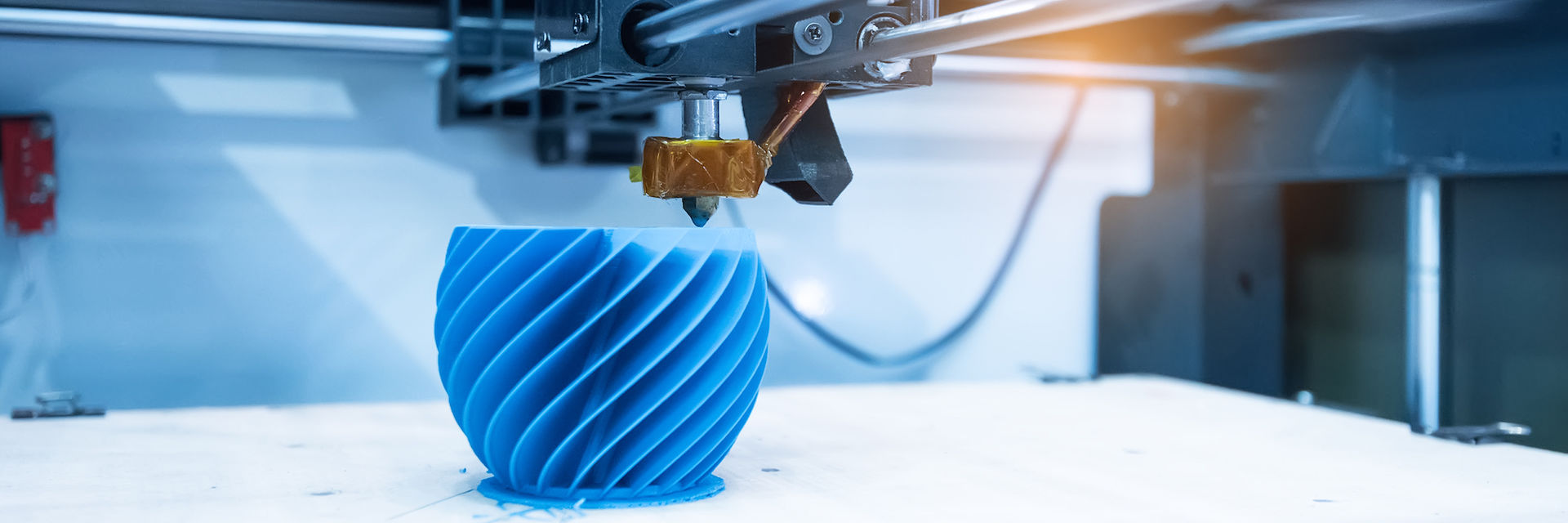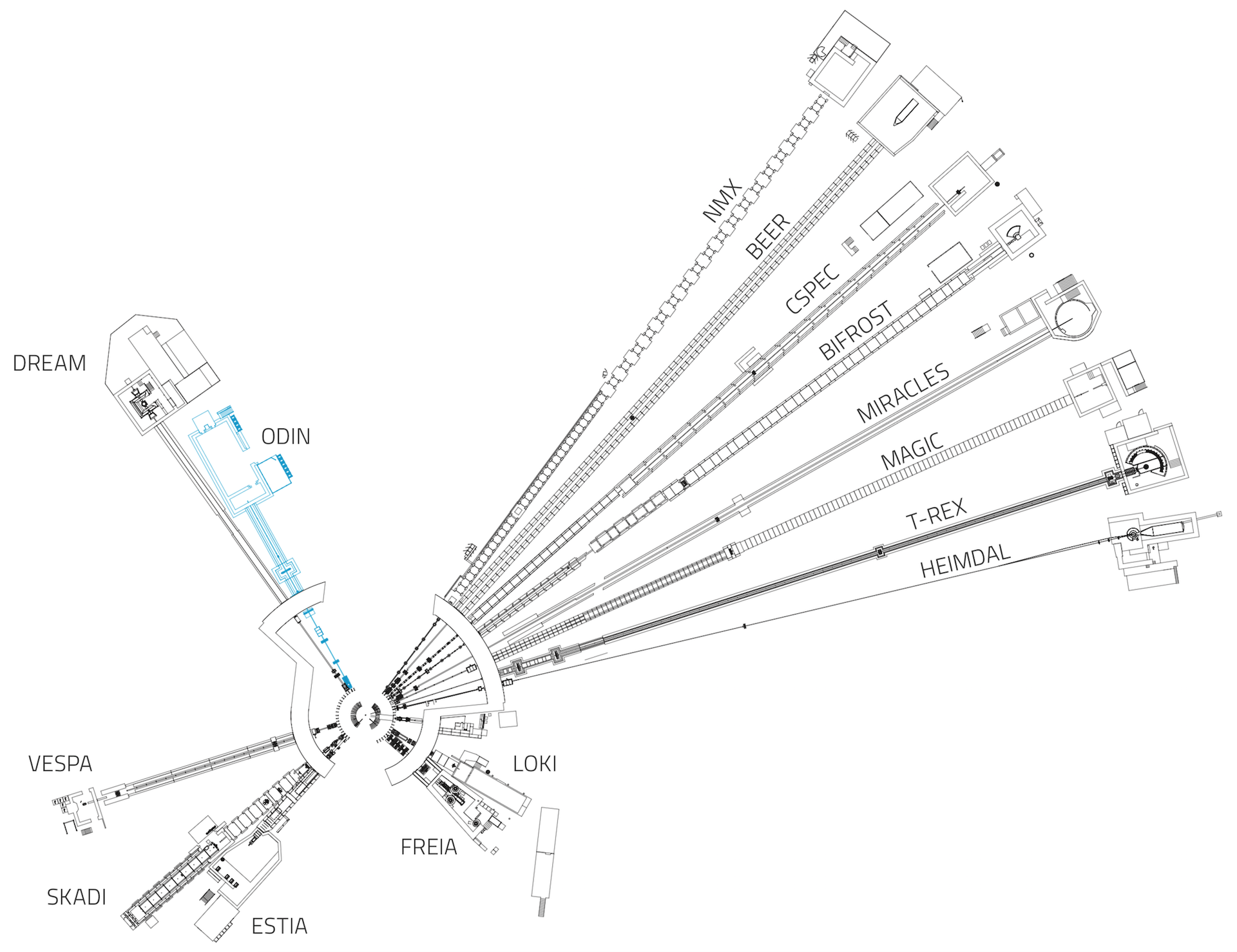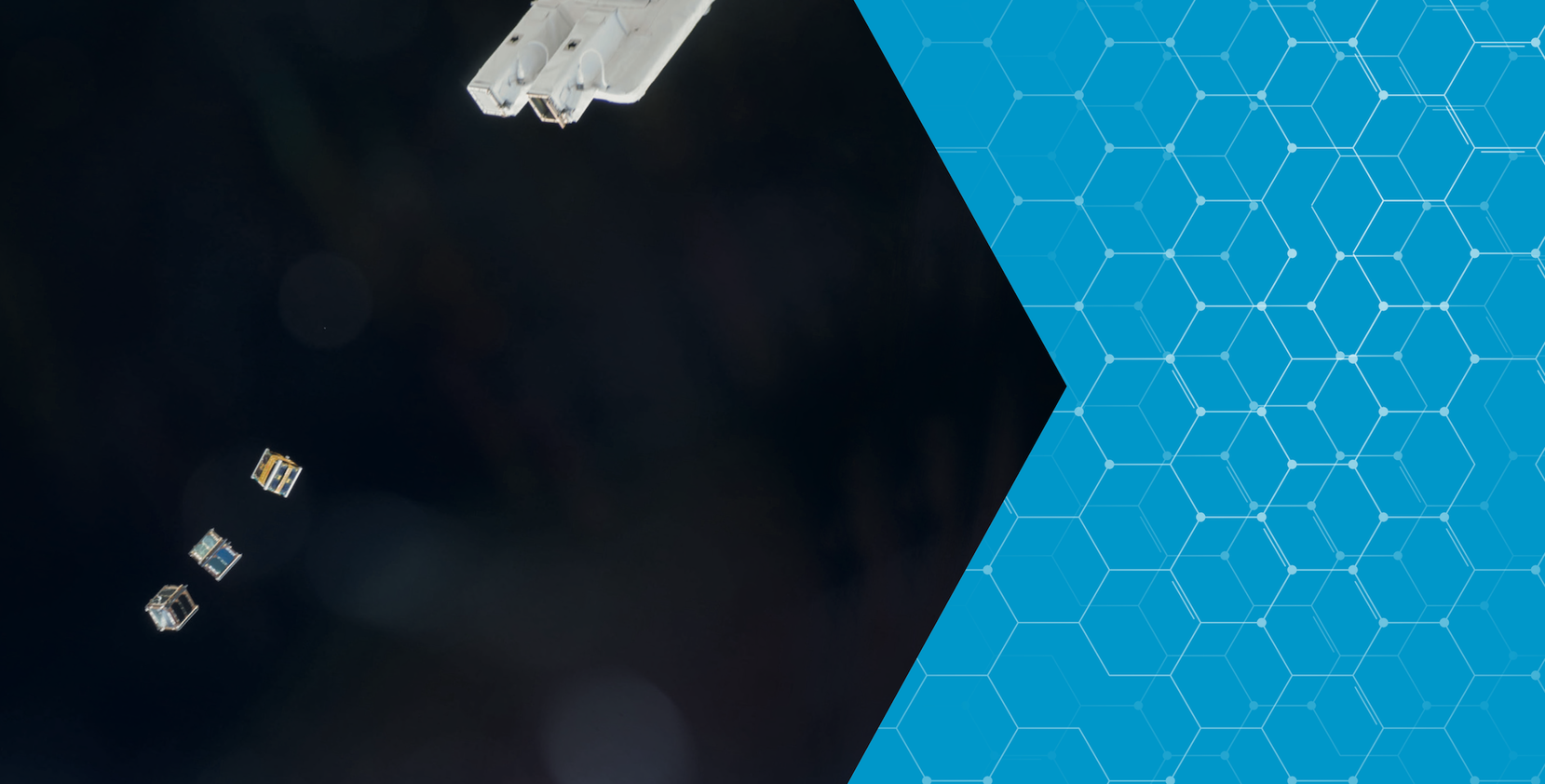
Fine-tuning 3D printing for space exploration
How will advances in 3D printing open up new possibilities in space exploration?
Research at the European Spallation Source will help 3D printing make the leap from its use in prototyping spacecraft and satellite components to the production of intricate functional parts suitable for space travel.
The aerospace industry relies on elaborate systems and structures made up of thousands of individual components such as the nozzles in air ducts or the bezels in a command dashboard. Manufacturing these to meet the strict functionality and durability requirements of space travel is very expensive and time consuming. The cost of sending anything into space is also significantly impacted by even marginal weight differences, so all components must weigh as little as possible.
Collectively, these barriers drive the need for innovations that will open new possibilities for space exploration and small satellites. With impacts ranging from faster telecommunications to the discovery of new planets, improved 3D printing techniques can overcome innovation barriers and make better space technology for wider exploration a reality.
3D printing, which is also known as additive manufacturing, is a process that converts a design’s digital file into a three-dimensional solid object. The process is to thinly layer or selectively melt a material, such as nylon, resin or aluminium, until the object is created, whereas traditionally it would be carved out of an existing material. The technique presents an exciting opportunity for engineers to explore increasingly complex geometries to create more volume- and weight-efficient parts; products that may otherwise not be possible to manufacture.
While 3D printing is already supporting spacecraft and satellite innovation by enabling on-the-spot prototyping, there remains uncertainty as to how suitable these techniques are for producing components to the high standards required to function in a hostile space environment.
Critical to assessing a component’s performance is to understand how different 3D printers,
printing techniques, raw materials and the additive manufacturing process itself, affect the key characteristics of its final form. This requires detailed knowledge of the material’s structure at the atomic or molecular level, ensuring the most suitable model will progress from prototype through fabrication. This will mean less time and resources spent on developing and testing materials that will ultimately not meet the required standards.
What will we see at ESS?
Neutrons are non-destructive, have a magnetic moment, and can explore deep inside matter. These qualities make neutrons an essential probe to assess the suitability of materials the aerospace industry relies on, especially metals. Neutrons have the ability to penetrate large structures and provide atomic-to micron-scale structural data, which helps us to predict how a material will behave in its manufactured form and under various stresses.
ODIN, the multi-purpose imaging instrument at ESS, will be coupled to the brightest spallation neutron source ever built. This will enable first-time opportunities to explore live processes like 3D printing or the impacts of extreme environments like outer space. Uniquely, ODIN will be able to analyse a functional component while it is being printed.
Also unique to ODIN is that a researcher can for the first time probe the same material at both high and low energy resolution settings in order to investigate complementary properties.
High energy resolution is necessary, for instance, to visualise and quantify the internal strains affecting a material when a sample is subjected to external stress. It can also help to predict locations of potential cracks, allowing researchers to determine the optimal geometry for a 3D-printed part.
This is the current state-of-the-art in neutron imaging practice, though ODIN will take high resolution measurements to an unprecedented level of detail due to the world-leading brightness of ESS. Meanwhile, ODIN will be the first neutron imaging instrument to accommodate low energy resolution experiments as well, which can provide local data, for example, on the material’s fatigue resistance and stiffness.
This more complete picture is necessary for the aerospace industry to bring 3D-printed materials to space. Critically, ODIN will also allow researchers to create these views within minutes rather than the hours it would take at existing neutron facilities. And ODIN’s ability to probe these materials during testing, and without damaging them, is a knock-on benefit for an industry whose complex creations are expensive.
Beyond aerospace components
A greater understanding of 3D printing techniques at this level could have benefits far beyond the aerospace sector. 3D printing is very well suited to the manufacture of any product that benefits from a bespoke design. This could be revolutionary for surgical instruments and implants that are designed for a single patient, for example.
Naturally, absolute confidence in the technique is vital to realising the potential of 3D printing for medical applications; the research carried out at ESS will contribute to achieving such confidence.
The neutron imaging capabilities of ODIN will also have an impact far beyond the validation of 3D printing for market-ready manufacturing. The instrument has applications across the natural sciences and will enable breakthroughs in research critical to new energy materials, the geosciences, dentistry, plant physiology, and the non-invasive studies of irreplaceable historical, archaeological and cultural artefacts.
ODIN
ODIN is a multi-purpose imaging instrument designed to provide spatial resolutions down to the micrometre, offering a variety of imaging techniques across fields as diverse as engineering materials and components, palaeontology, conservation, geoscience and more.
Fifteen instruments are currently under construction at ESS.
The in-kind partner institutions collaborating with ESS to design and build ODIN are:
This feature is part of an ongoing Future Science series; a set of stories highlighting some of the research opportunities that will be made possible by instruments currently under construction at ESS.

























